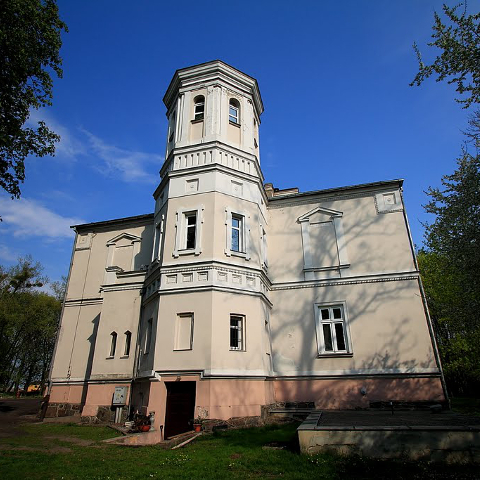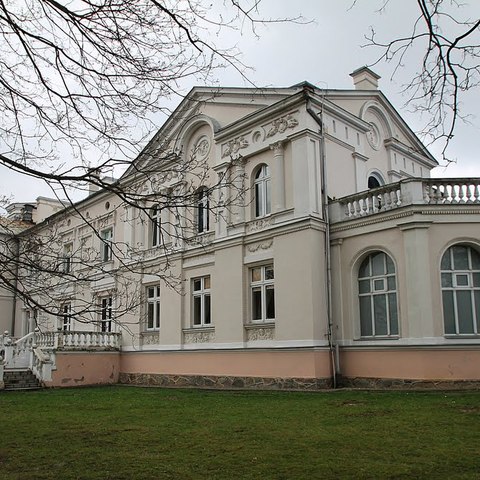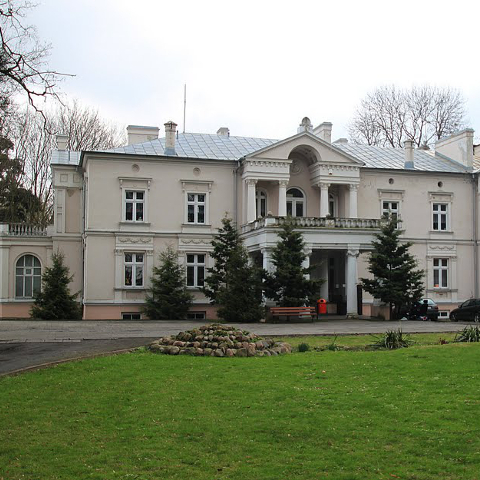Composers / Fryderyk Chopin / Places catalog
Ugoszcz
This village is first mentioned in 1418, when the area was owned by Mikołaj Ugoski. For some time, the property was in the possession of the Zieliński family. In 1705–1707, Konstanty Zieliński, of the Świnka coat of arms, Archbishop of Lwów [now Lviv, Ukraine] and brother of the then owner, Jan Zieliński, hid in Ugoszcz after assisting in the coronation of Stanisław Leszczyński as King of Poland. The archbishop had been forced to flee as he had incurred the wrath of the supporters of King Augustus II the Strong. In 1790, Aleksander Zieliński sold the property to Ludwik Borzewski of the Lubicz coat of arms. The Borzewskis owned the property until the outbreak of the Second World War, then Helena Sumińska managed it until 1943.
Chopin mentioned Ugoszcz, a village he almost certainly visited more than once, in a letter he wrote to Jan Białobłocki in September 1825, after holidaying in Szafarnia. One of the main reasons for these visits might have been that Honorata Borzewska, the second wife of Juliusz Dziewanowski, the owner of Szafarnia, was the daughter of the owners of Ugoszcz.
In 1827, Ugoszcz had 33 homes and 349 residents.
Unfortunately, the manor house where Chopin stayed is no longer there. The eclectic palace that stands on the site now was built by the Borzewskis in the 1860s. The two distinctive architectural features of the building are a pentagonal greenhouse on the eastern side and an avant-corps surmounted by a two-storey tower on the western side. The manor is by a lake and is surrounded by a wall. The entrance gate has a decorative grille. There is a long avenue that leads from the entrance gate to a circular driveway in front of the main entrance to the building. The surrounding park was laid out by Antoni Borzewski in the latter half of the nineteenth century (it was rearranged according to a design by Stefan Celichowski after 1904).
After the Second World War, the State Treasury appropriated the estate. The mansion was used in turn as a school, a farmers’ club, a library, a shop and private flats, before housing a rural health centre in the 1970s. It is now the main building of the ‘Kombatant’ nursing home.
Antoni Borzewski was killed in Ugoszcz in 1920 while defending his property during the Polish-Soviet War (1919–1921).
-

Manor gate from XVII century. Phot. Andrzej Maćkiewicz.
-

Palace from XIX century. Phot. Andrzej Maćkiewicz.
-

Palace in Ugoszcz. Phot. Andrzej Maćkiewicz.
-

Palace in Ugoszcz. Phot. Andrzej Maćkiewicz.